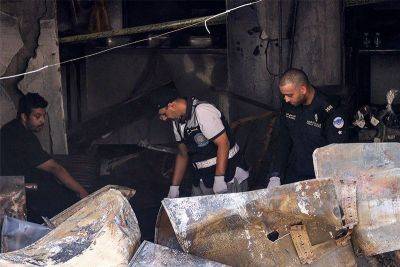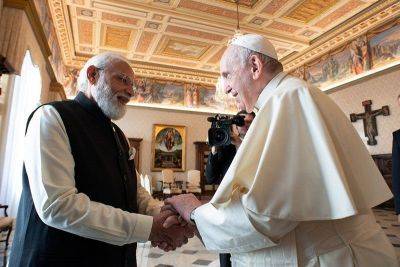Are India’s heatwaves getting worse with climate change? Delhi district records 47.8C heat
Delhi was placed under a ‘red’ heatwave warning over the weekend as parts of northern India baked in more than 46 degrees Celsius heat.
Life ground to a halt in the capital, where those who could afford to sheltered inside.
Pravin Kamath, a 28-year-old who runs a cart selling cold drinks, complained that it was so hot he could hardly stand being outdoors. “But I must work. What can I do? I am poor so I have to do it.”
India’s weather department issues red alerts when there is a very high likelihood of people developing heat illness or stroke.
On Sunday, Delhi’s Najafgarh district recorded a temperature of 47.8C, the highest in India this season. Temperatures also soared in the nearby states of Punjab, Haryana and Rajasthan.
Satish Kumar, a 57-year-old rickshaw driver in Delhi, said his work was suffering because of the heat. “People are not coming outside, [markets] are nearly empty,” he said.
With India midway through a six-week-long general election, there are concerns about the impact of the recent extreme heat on voters who have to wait in long lines.
Voter turnout appears to have taken a hit, with only 63 per cent of those eligible voting in the second phase (of seven) in early May, down from the 66 per cent turnout in the first phase in April.
One minister fainted due to heat last month while addressing an election rally in Maharashtra state.
But Prime Minister Narendra Modi and his main challenger Rahul Gandhi were undeterred from holding rallies in Delhi on Saturday, before the city heads to the polls on 25 May.
The main summer months - April, May and June - are always hot in most parts of India before monsoon rains bring cooler temperatures.
But the heat has become more intense in the past decade and is usually accompanied by severe water shortages, with tens of millions of India's 1.4 billion people lacking running water.
A study by World Weather Attribution, an academic group that examines the source of extreme heat, found that a searing heatwave in April that struck parts of Asia was made at least 45 times more likely in some parts of the continent by climate change.
Climate experts say extreme heat in South Asia during the pre-monsoon season is







